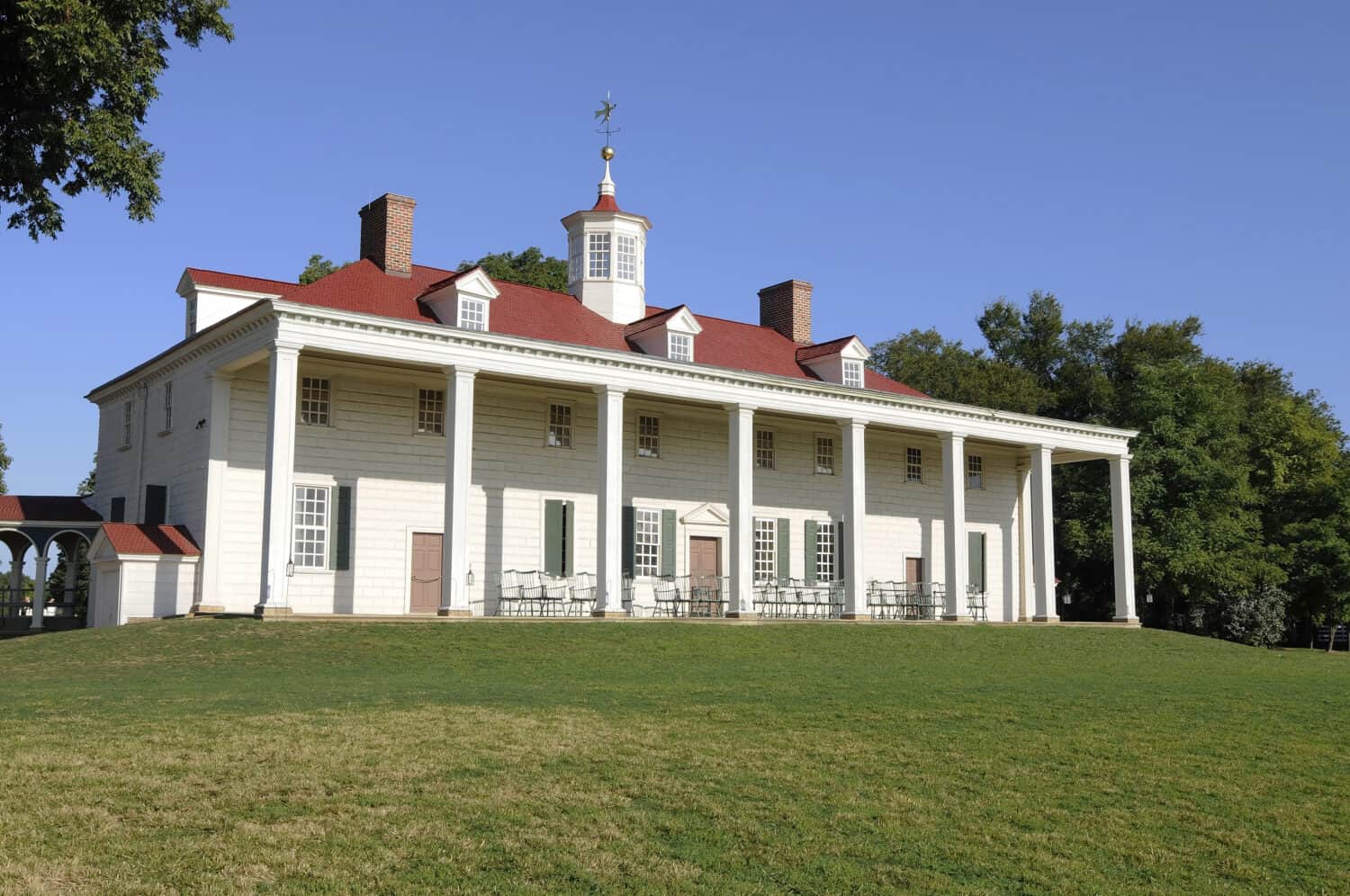As one of the most notable organizations in the world, UNESCO has the goal of creating international cooperation by bringing nations together. Better known as the United Nations Educational, Scientific, and Cultural Organization, this group focuses on world peace.
Also as part of its mission, UNESCO looks at important sites across 194 member states to designate as World Heritage Sites. While there are currently 25 sites in the U.S. right now, another 18 are waiting to receive official confirmation after being nominated based on a variety of criteria.
Moravian Church Settlements

Arriving in the U.S. in 1735, Moravian Church members came to this country to help German immigrants. With around 60,000 members today, UNESCO hopes to celebrate 18th-century Moravian cultural tradition and its expression through architecture.
Brooklyn Bridge

One of the most famous bridges in the U.S. is the Brooklyn Bridge. Connecting Manhattan and Brooklyn, the bridge opened in 1883. At the time of its opening, the Brooklyn Bridge was the longest suspension bridge in the world. Spanning 1,595 feet, UNESCO looks at this bridge as a potential World Heritage Site due to its technological and architectural significance.
Ellis Island
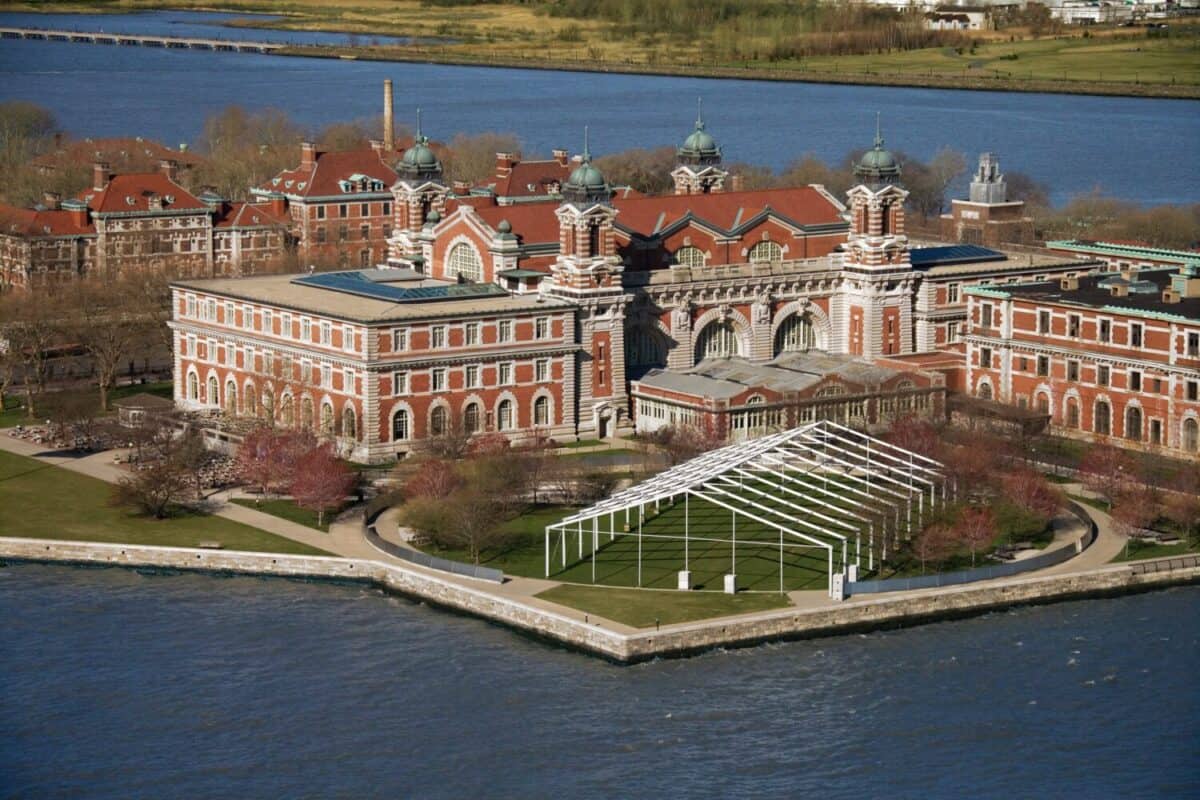
Undoubtedly one of the most important places in American history is Ellis Island. More than 12 million immigrants arrived in New York and New Jersey by passing through this immigrant processing station. While it was closed in 1954, its significance as part of the “Great Atlantic Migration” cannot be understated.
Central Park

An urban park set between the Upper West Side and Upper East Side in New York City is Central Park. One of the most famous parks in the U.S., Central Park was completed in 1876 after nearly 20 years of work. UNESCO indicates the park is a “masterpiece of landscape architecture” and has multiple reasons to become a World Heritage Site.
Early Chicago Skyscrapers

Focusing primarily on nine buildings as part of the original Chicago skyline, Early Chicago Skyscrapers awaits UNESCO approval. Constructed over 20 years in the 19th century, 9 buildings are thought to symbolize the first generation of skyscrapers in the U.S. Some of these buildings reached as tall as 20 stories, an unheard-of size at the time.
Pacific Remote Islands Marine National Monument
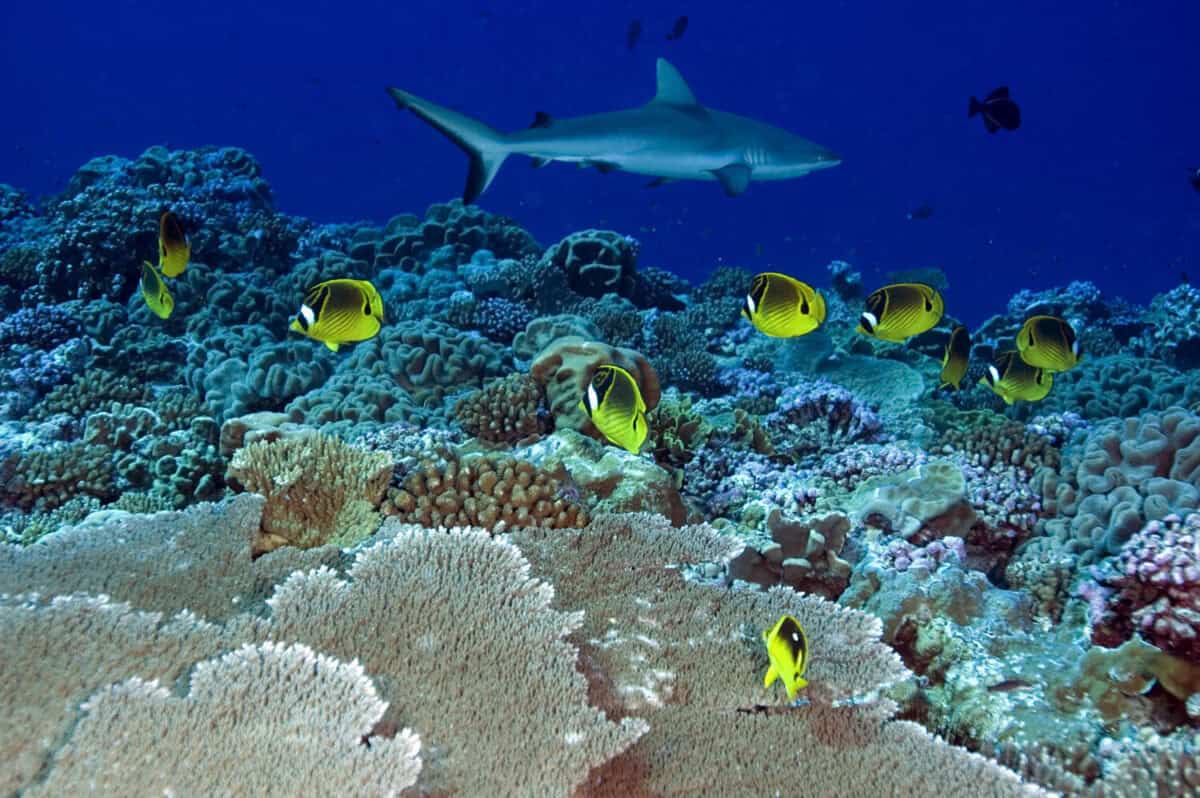
Essentially a group of unincorporated U.S. Pacific Island territories, the Pacific Remote Islands Marine National Monument has been nominated for UNESCO approval. Stretching over 370,000 square nautical miles, the entire space is twice the size of Texas. With gorgeous coral reefs and a thriving fish population, there is plenty of reason to designate this site as a World Heritage Site.
California Current Conservation Complex
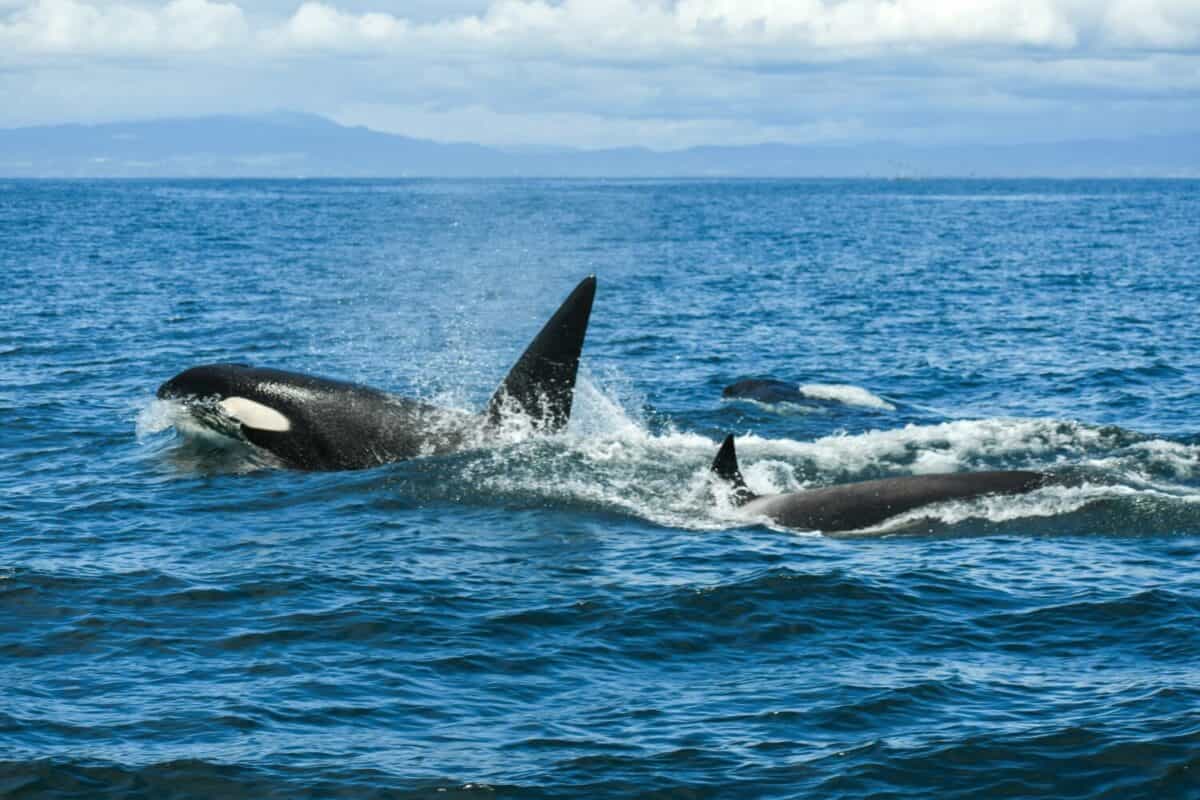
Consisting of a group of marine protected areas alongside the California coast, this area is already protected by the state. The nomination to UNESCO now includes a variety of mentions highlighting the area’s rich biology for the migration of sea turtles, fish, sea birds, and other endangered animals.
Marianas Trench Marine National Monument

Already a United States National Monument as of 2009, the Marianas Trench Marine National Monument is up for a World Heritage Site nomination. Consisting of 95,216 square miles, there are multiple units included within this space. This area is largely regarded as having some of the most biologically diverse species in the Western Pacific Ocean.
Marine Protected Areas of American Samoa
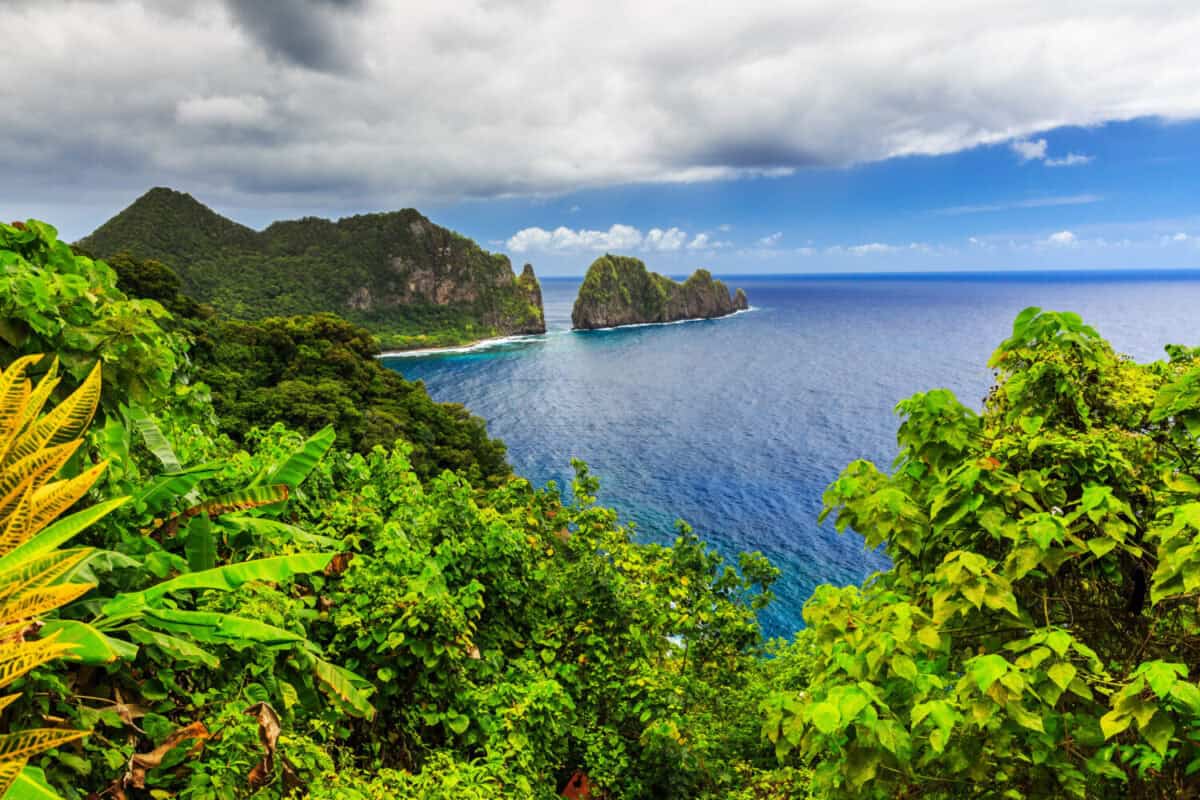
Including the National Marine Sanctuary of American Samoa, this area was nominated to UNESCO in December 2017. This nomination is based on the incredibly pristine and unique coral reef system. There are believed to be more than 200 species of coral, 1,400 species of algae, and 271 different fish species in the area.
Big Bend National Park
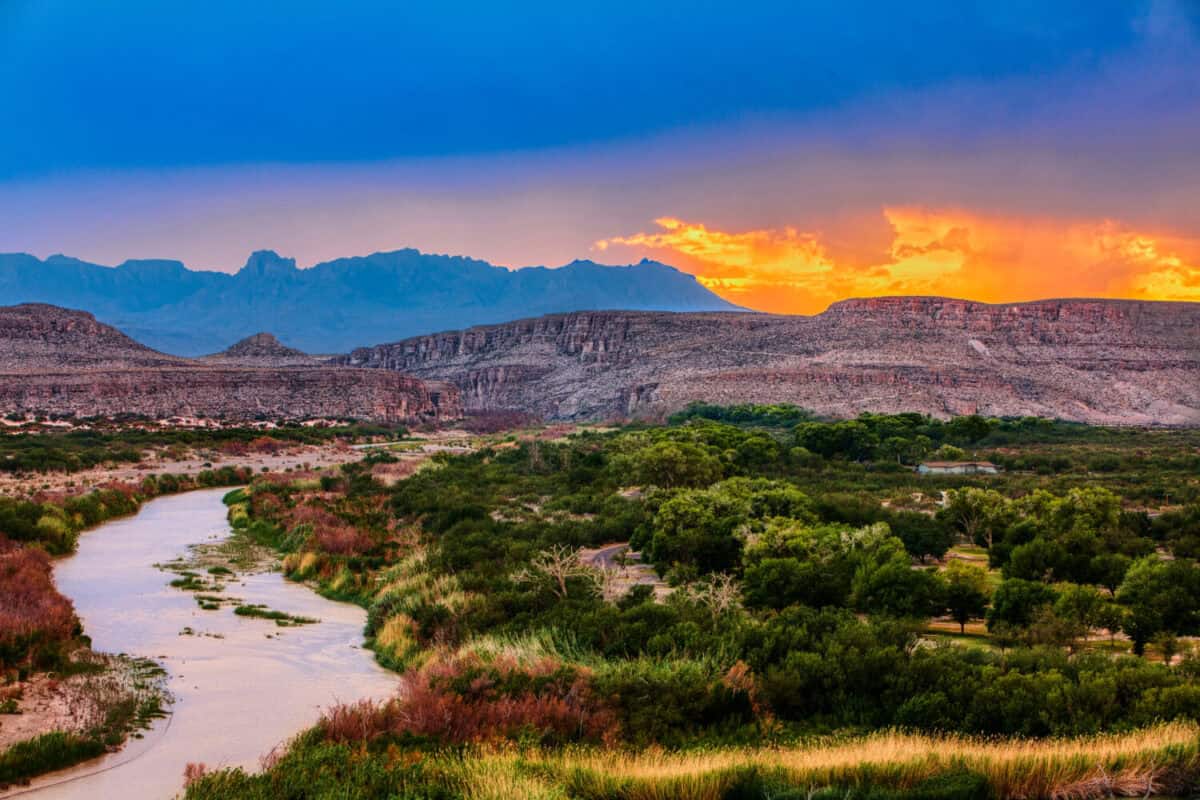
An American national park located in West Texas, Big Bend National Park already has national significance. The current park is designated to protect over 1,200 plant species, 450 bird species, 56 reptile species, and 75 species of mammals. Established in 1944, there is also a rich paleontological history in this area making its nomination even more important.
Civil Rights Movement Sites
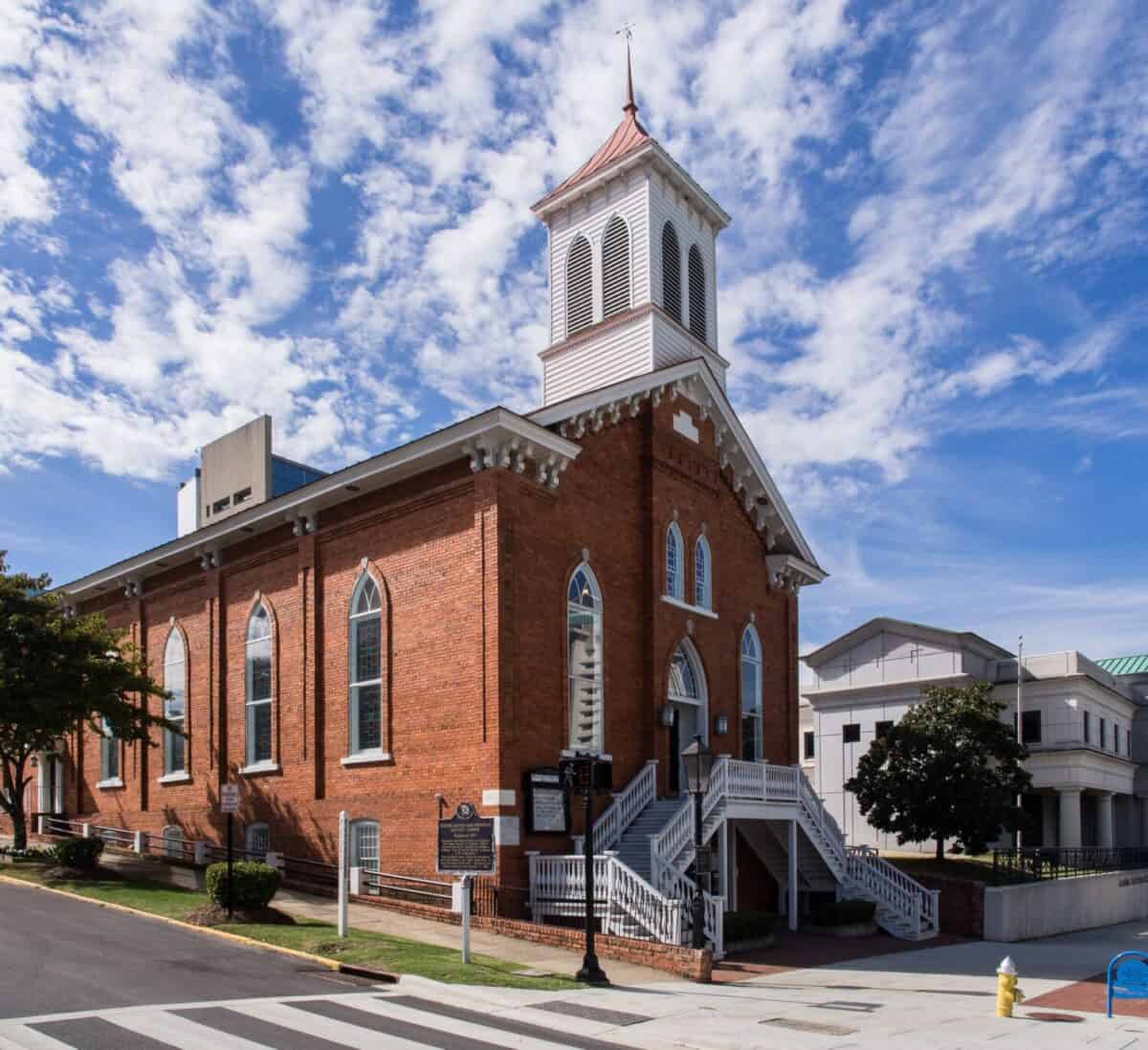
Consisting of three churches, the Civil Rights Movement Sites looks to celebrate locations that played important roles in the Civil Rights Movement. The King Memorial Church, Bethel Baptist Church, and 16th Street Baptist Church have all been nominated as World Heritage Sites since 2008.
Dayton Aviation Sites
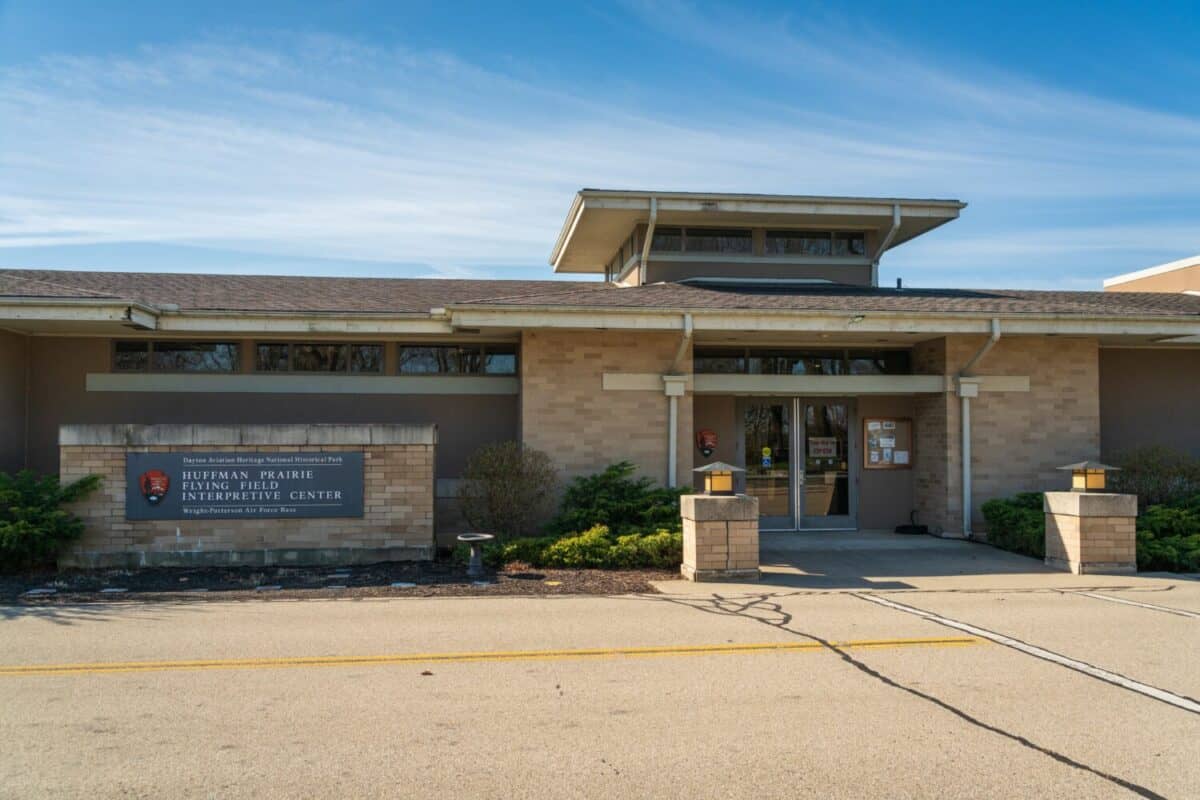
The 2008 nomination for Dayton Aviation Sites is based on four locations that played a role in the Wright Brothers’ efforts as part of human flight. These locations include Huffman Prairie, which was used in 1904 for test flights, and Wright Hall, where the first practical airplane continues to be housed. Hawthorn Hill is also included, which is the 2.5-story mansion where Orville Wright lived until 1948.
Thomas Jefferson Buildings
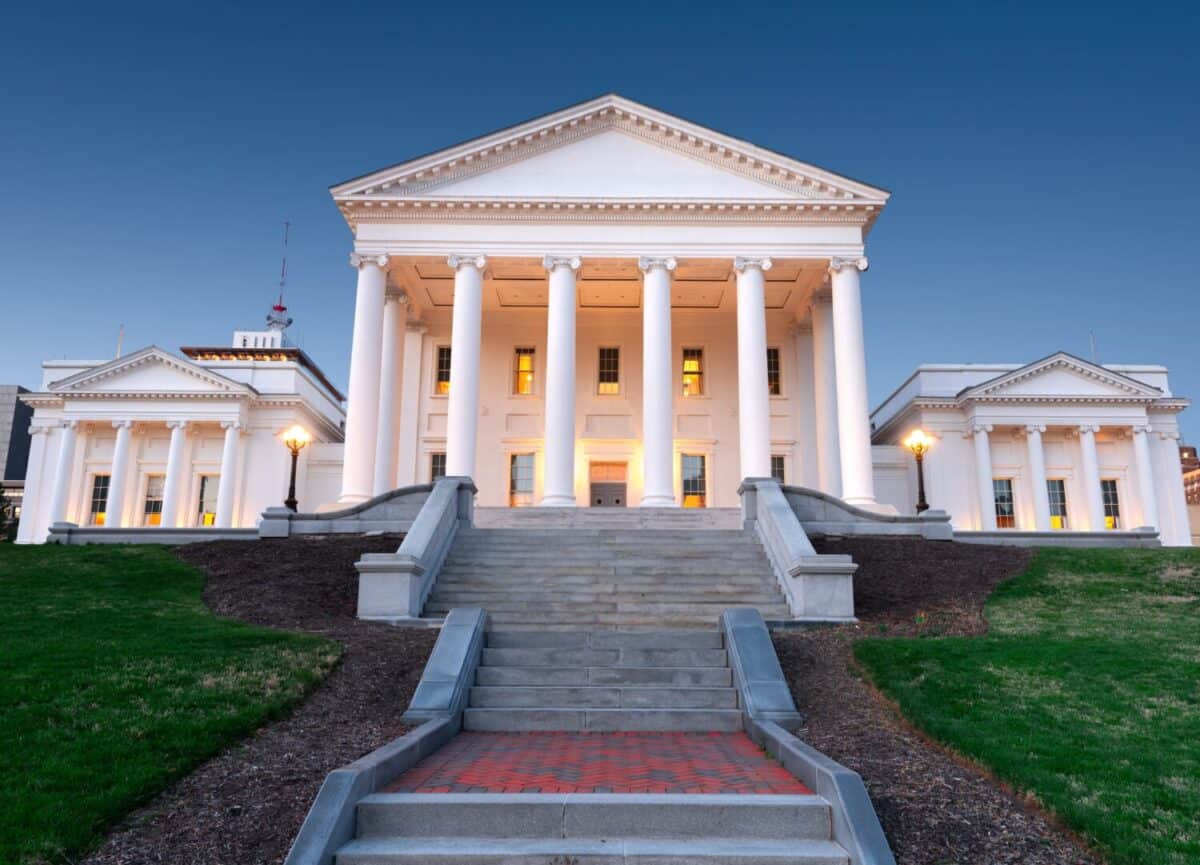
The Poplar Forest and Virginia State Capitol have been nominated to UNESCO as part of the Thomas Jefferson buildings. These two locations are considered to be notable architectural works constructed by Thomas Jefferson. As such, both buildings would be in addition to the existing World Heritage Sites from Thomas Jefferson at Monticello and the University of Virginia Buildings.
Mount Vernon

Best known as the former home and plantation of George Washington is Mount Vernon. As the first President of the United States, Washington’s former home is widely considered to be an area of great importance. In total, there are 16 18th-century structures located on the site including the primary mansion, gardener’s house, storehouse, servants hall, and spinning house.
Serpent Mound

A 1,348-foot-long piece of property, the area known as Serpent Mound is located in Adams County, Ohio. The area is believed to be a prehistoric effigy mount standing around 3.5 feet high and 120 feet long. The U.S. has already designated this location a landmark since 1966 and it is maintained by a nonprofit organization.
Okefenokee National Wildlife Refuge

Located in both Georgia and Florida, this 402,000-acre area is known as the Okefenokee National Wildlife Refuge. With over 400,000 visitors each year, the swamp is said to have longstanding Native American history. It’s believed the Native American population lived in this area as far back as 2500 B.C. if not earlier. The area was nominated as a World Heritage Site in January 2008.
Petrified Forest National Park
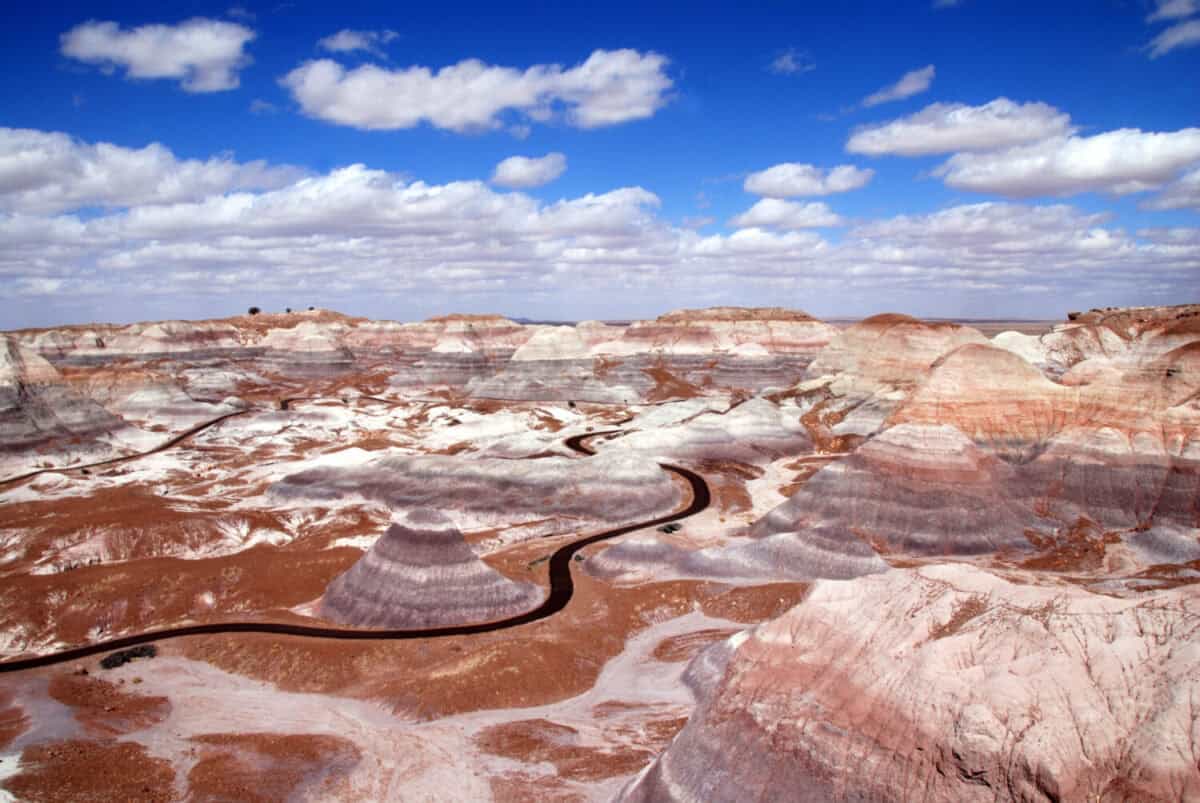
An existing American national park, the Petrified Forest National Park celebrates both Navajo and Apache territories. Named after famous deposits of petrified wood, there are around 346 miles in total space. There are also more than 400 species of plants in the area and fossils have been discovered dating as far back as 225 million years ago.
White Sands National Monument
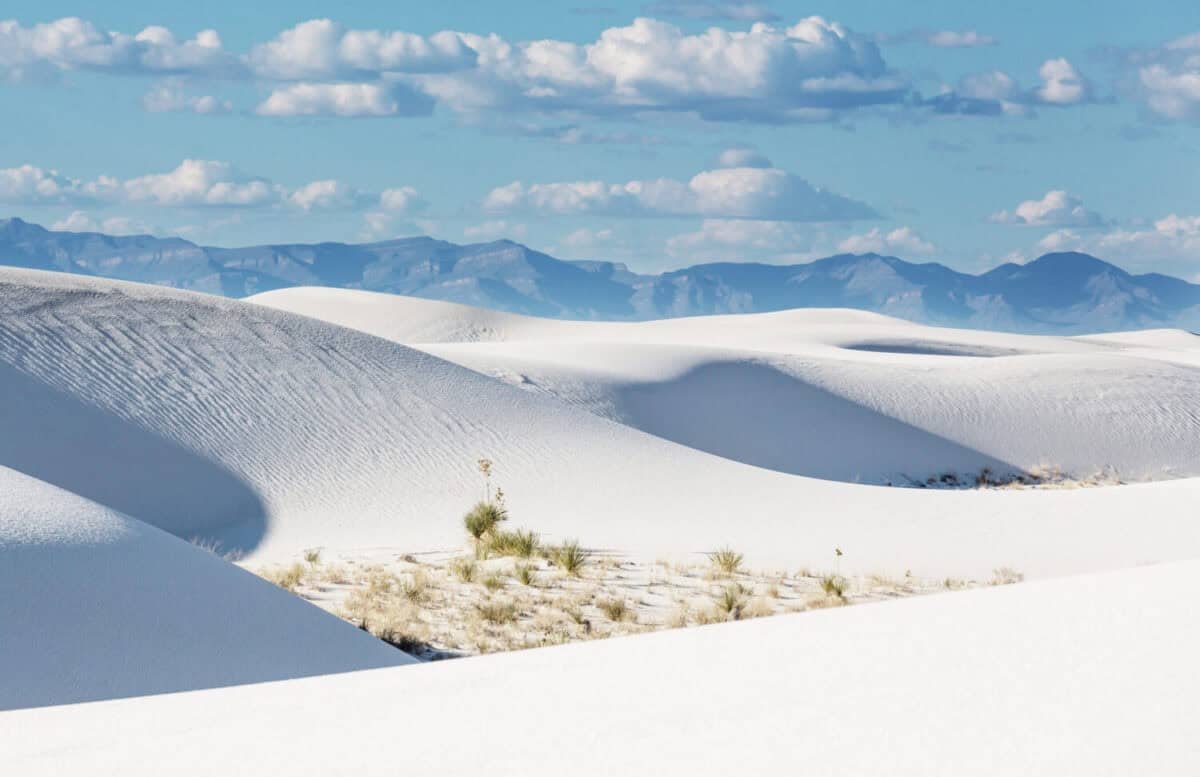
A current national park located in New Mexico, White Sands National Park was designated as such in 1933. Consisting of 143,733 acres, the national park was established to protect the area’s gypsum sand dunes. This area is home to some of the world’s largest gypsum sand dunes, an important mineral that is mined around the world.
The image featured at the top of this post is ©PhotosbyAndy/Shutterstock.com.
